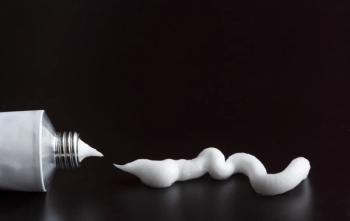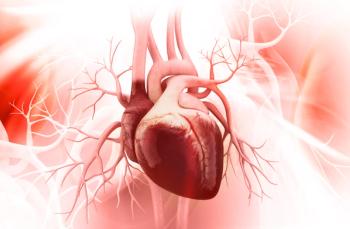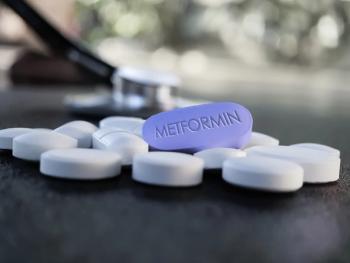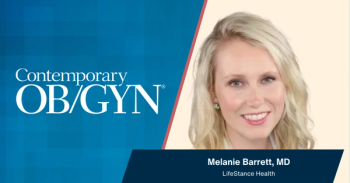
Why Prophylactic 17P Should be Delivered at Home
Research suggests that prophylactic 17P can be useful in reducing the risk of spontaneous preterm delivery (SPTD), and one large study showed how compliance, and therefore results, can be improved.
In the United States, nearly 13% of babies are born prematurely each year. Research suggests that prophylactic 17P can be useful in reducing the risk of spontaneous preterm delivery (SPTD), and one large study showed how compliance, and therefore results, can be improved using the principles of real estate: location, location, location.
The study, led by Victor Hugo Gonzalez-Quintero, MD, compared women who received nurse-administered 17P (17 alpha-hydroxyprogesterone caproate) via a home care program with those who received injections in a physician’s office. Gonzalez-Quintero found that those with home-based care were more likely to adhere to recommended treatment criteria, received a greater number of 17P injections, and had lower rates of spontaneous preterm delivery (SPTD) than women who received 17P in a physician’s office setting. In this podcast, Gary Stanziano, MD, Medical Director for Alere Women’s and Children’s Health, discusses the results of the study and its impact on practice.
Why Prophylactic 17P Should be Delivered at Home
Click to full size
Newsletter
Get the latest clinical updates, case studies, and expert commentary in obstetric and gynecologic care. Sign up now to stay informed.










